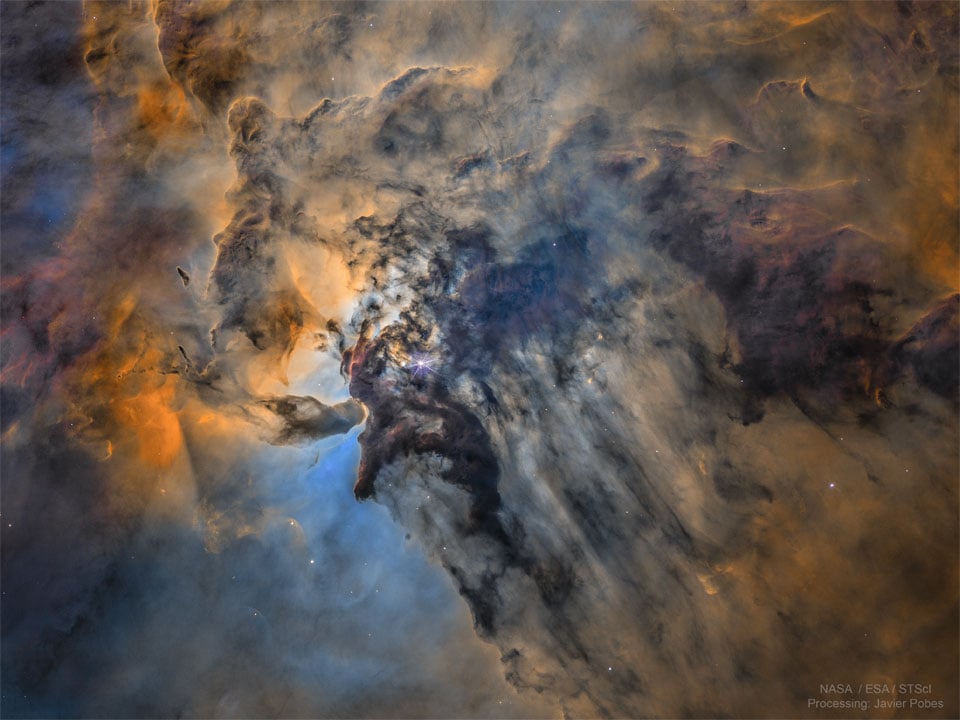60
Sci-fi inspired tractor beams are real, and could solve a major space junk problem
(www.livescience.com)
Share & discuss informative content on: Astrophysics, Cosmology, Space Exploration, Planetary Science and Astrobiology.
 The Busy Center of the Lagoon Nebula
The Busy Center of the Lagoon Nebula
🔭 Science
🚀 Engineering
🌌 Art and Photography
Other Cool Links
Now the only reason this is a terrible idea is that it requires first rendezvousing with a spacecraft every time you want to deorbit it. You'll have the propellent to do this what, 2 or 3 times for every garbage collection spacecraft launched? That's one enormous cost...
That's probably not the case. We have efficient thrusters now. And the spacecraft will stay on the same orbit all its life.
Yeah, we have hall effect thrusters, but it doesn't really matter, the spacecraft still needs to push the mass of both spacecrafts a pretty significant distance and then return to the orbit of was at.
That's just a lot of work.
I'll admit, that using this for cleaning up geostationary orbit is more viable that leo, but it's still questionable how long this will actually be useful.